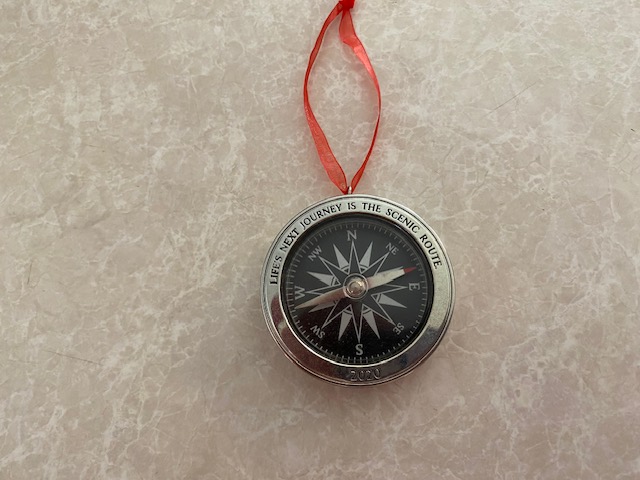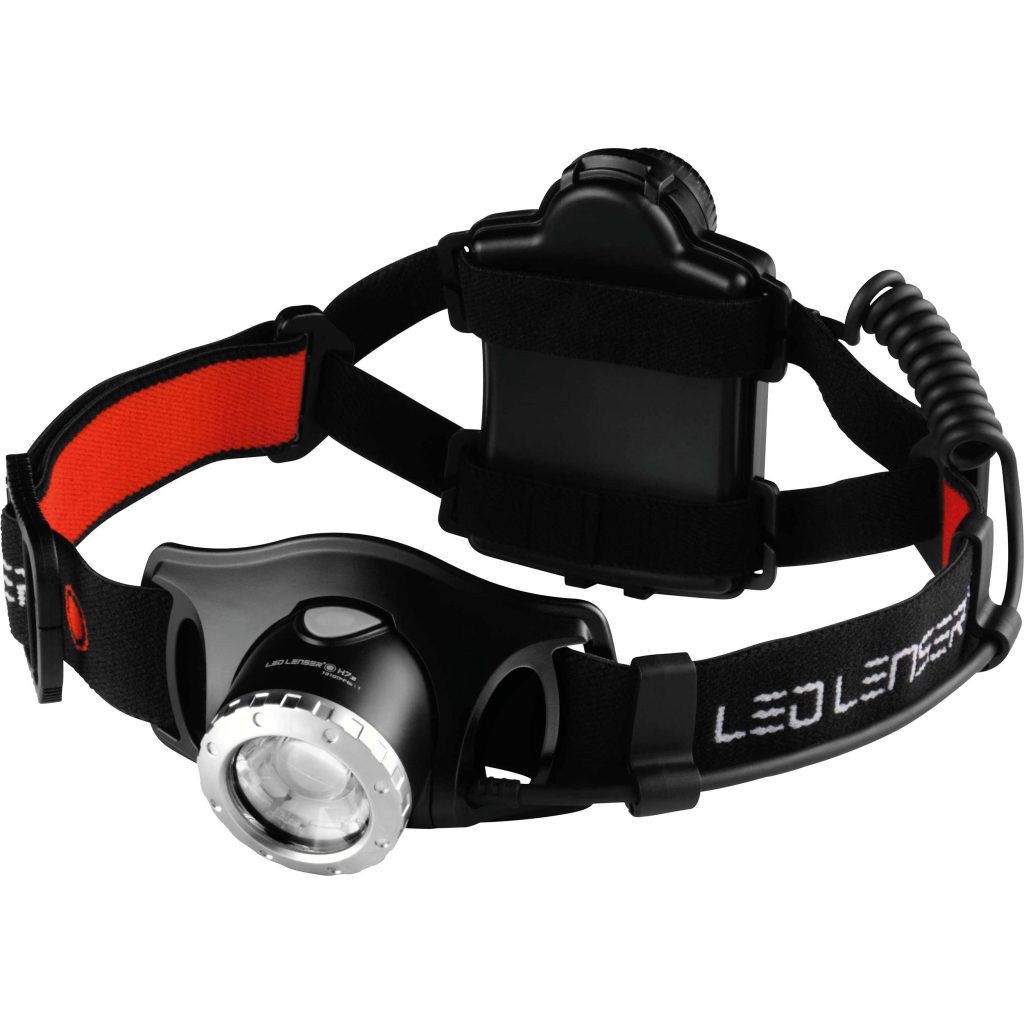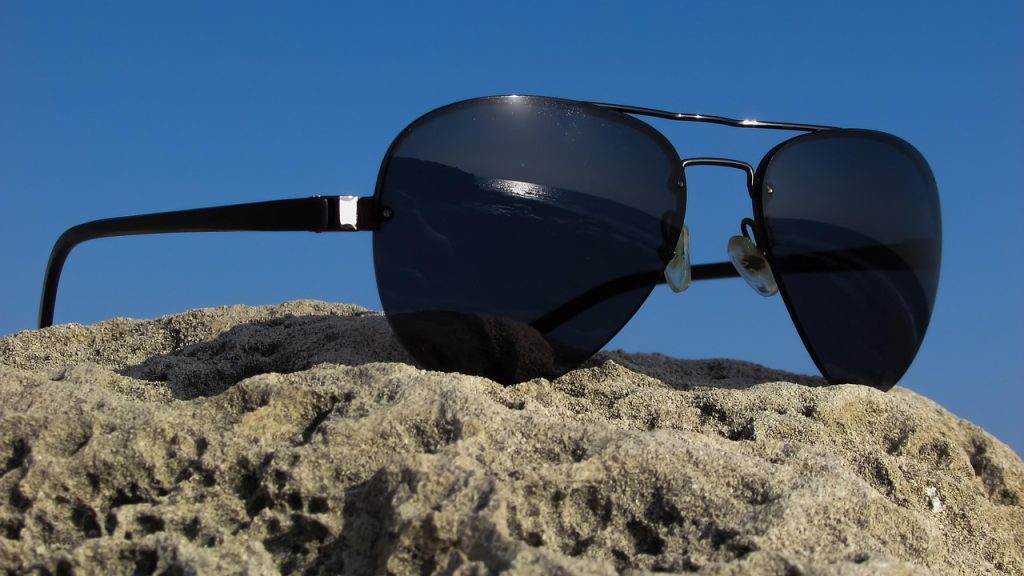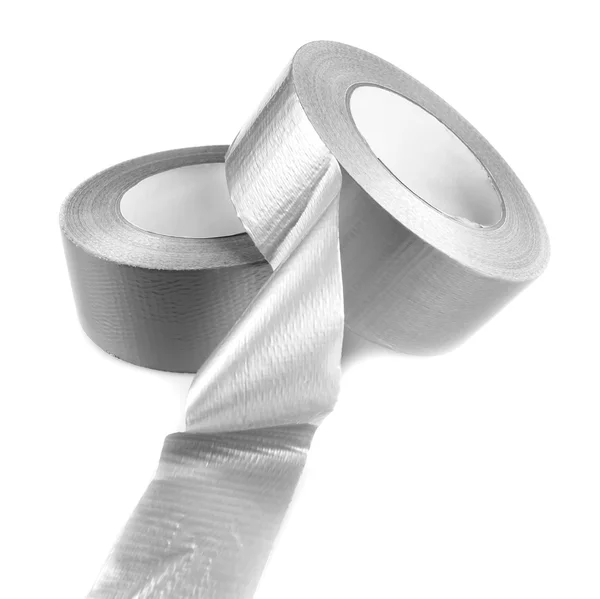
Intro: Don’t Be a Pack Mule (or a Statistic)
If you’re new to hiking or camping, it can be hard to tell what you actually need versus what you think you might need. Do you bring everything, just in case? Or do you pack light and risk being caught without something crucial? The answer lies in the balance. For most hikes, even short, well-marked ones, having a solid set of essentials can make all the difference in safety and enjoyment.
We don’t do a ton of long hikes ourselves, and most of ours are a couple of miles at best. But even then, we pack smart. Because you never know when a trail will be blocked, the weather will shift, or you’ll get turned around. And while solo hiking might sound peaceful, it can also be dangerous. If you go it alone, make sure someone knows where you’re headed. That one step could save your life.
This post includes some affiliate links. If you make a qualifying purchase through one of these links, we will receive a small percentage of the sale at no additional cost to you. Thanks for your support.

The 10 Essentials: A Lifesaving Checklist
American Hiking Society recommends everyone pack the “Ten Essentials” every time you head out for a hike. Whether you plan to be gone for a couple of hours or several weeks, make sure to pack these items. Become familiar with these items and know how to use them. Not everything listed will be needed every trip, but the intention is that all items here can be a lifesaver in an emergency. Based on the American Hiking Society’s recommendations, these are the non-negotiables. Know them, love them, pack them.
1. Appropriate Footwear
Happy feet make for pleasant hiking. Think about traction, support, and protection when selecting well-fitting shoes or boots.
2.Map and compass/GPS
While phones and GPS units are handy, they aren’t always reliable in the backcountry; consider carrying a paper map and compass as a backup and know how to use them.
Tip: Make sure to download any required maps before the trip.

3.Water and a way to purify it
As a guideline, plan for at least two cups (a half liter) of water per hour in moderate temperatures/terrain. Carry enough water for your trip and know where and how to treat water while you’re out on the trail.
4.Food
Pack calorie-dense foods to help fuel your hike and carry an extra portion in case you are out longer than expected. Hence why trail mix was invented!
5.Rain Gear & Dry-Fast Layers
The weather forecaster is not always right. Dress in layers to adjust to changing weather and activity levels. Wear moisture-wicking items and carry a warm hat.
6.Safety Items
Have the means to start an emergency fire which you can use to signal for help, see the trail and your map in the dark and for warmth. Bring a whistle with you so you can help people find you. Carry a flashlight or headlamp to help you navigate and lead others to you. Light, fire and whistle are keys for safety.

7.First Aid Kit Supplies
Supplies are only helpful to treat illness or injury when you know how to use them. Take a class to gain the skills needed to administer first aid and CPR.
8.Knife or multi-Tool
With countless uses, a multi-tool can help with gear repair and first aid.
9.Sun Protection
Sunscreen, sunglasses, and sun-protective clothing should be used in every season regardless of temperature or cloud cover.
10.Shelter
Protection from the elements in the event you are injured or stranded is necessary. A lightweight, inexpensive space blanket is a great option.
Bonus Essential: Trash Bags and Clean Trails
Pack out what you pack in. A simple Ziplock bag for trash and gloves for picking up litter go a long way toward keeping trails beautiful. It’s the 11th essential.

Let’s Dig Deeper: More Information about Essentials
Navigation
Maps
Paper Copies of topographical maps are a priority. Unlike digital maps and GPS, paper maps aren’t reliant on electricity or batteries.
Knowing how to read a topographical map is a vital skill for many outdoor pursuits. A topographic map will include information about the shape and contours of the earth, such as land elevation, trails and paths, and forestry. You can view topographic maps online and buy digital copies.
Compass
An old-fashioned compass is your best bet. You probably have a compass on your phone but if you don’t have a way to charge the phone, then you are stuck. Compasses can be very basic to higher tech like a GPS compass that includes maps, etc. Before you buy a compass, do some research on what fits your needs best, then be sure you understand how to use it correctly.
GPS
Although not necessary, a GPS is nice to have. Purpose built GPS devices are often rugged and weatherproof. They’re designed for outdoor use. Even though your cell phone may have a GPS app, it’s not reliable out in the wilderness.
Altimeter watch
If you are struggling to locate yourself on a map, perhaps due to poor weather conditions causing visibility issues, an altimeter watch can be key to finding your way. Altimeter watches contain a barometric sensor that measures air pressure to give a close estimation of elevation. Once you know how high you are, you can start using that as a point of reference for the map.
Safety
Personal Locator Beacon (PBL) or satellite messenger
In case of an emergency, this can be used to alert emergency services. Sending a signal to emergency personnel, these devices can reliably inform them of your position.
Tip: Consider downloading the what3words app before you leave as well in case you need to contact emergency services. The app provides a three-word code that can be used to relay your position to rescue teams, much easier than trying to describe what your surroundings look like, such as there is a big cactus, if you’re lost!

Illumination
It can get really dark at night when you’re out in the backcountry so make sure to bring some sort of light source. You can take a lantern or a flashlight, but it’s recommended that you bring a headlamp if possible. Because of their hands-free nature, headlamps offer you much more flexibility than other options. If your headlamp comes with a tiltable setting (as most do) you can also adjust your lighting easily to focus on objects close to you (when you’re cooking for example).
Tip: Make sure that whatever light source you bring, you store it in a handy place. If you arrive at your campsite in the dark, you don’t want to dig deep into your bag to find it!
Fire/Campfire
A fire can be a life saver, not only as a signal when you need help, but also for food and warmth. Make sure that you bring something to start a fire with you in case of an emergency. Matches are a great option since they take less space. Be sure to get weatherproof matches designed for outdoor use. Fire starters ignite quickly and are indispensable for lighting wet wood. Either of these are good options, so choose what you feel more comfortable with. Obviously, you can’t just build a fire anywhere so be prepared and know how to build and sustain a proper fire. Check regulations on building fires in the area where you will be hiking or camping.
Whistle
While this might not seem like something you would bring with you, it can be very handy if you need help, especially if you’re in an area where there is a lot of foliage. If you need help, blowing a whistle can get someone’s attention and guide them to you.
Emergency Shelter
This is an important “worst-case-scenario” item. Obviously, you don’t plan on getting into an emergency situation but if you do, you’ll want to have shelter with you. While a tent is great when you have it with you, if you are hiking away from your campsite, you need emergency shelter. The best choice for this is a Bivouac Sack. They are lightweight, portable and waterproof. These work in all emergency situations and are easier to carry than say a space blanket.
Sun Protection
Sunglasses
Sunglasses offer important protection from the dangers of the sun. For full protection, you want a pair of sunglasses that will block out around 99% of UV light. Plus they look good!
Tip: Most opticians will test your sunglasses before you go on your trip if you’re unsure.

Sunscreen
Even with protective clothing on you still need sunscreen, especially on your face. Everyone is different in how much protection they will need from their sunscreen. It’s recommended to take sunscreen with at least SPF 30 rating, but some people might need more. Make sure you reapply it about every hour or two. If you’re sweating or get wet, apply about every hour.
Tip: Make sure your sunscreen blocks UVA & UVB. Needed for helping to prevent cancer, skin aging and sunburn.
Essentials You Don’t Want to be Without
Extra Water
Make sure to take extra water with you. As mentioned above, you should plan for 2 cups (half a liter) of water per hour in moderate temperatures. If you do need to refill your water, there are ways to make sure it is safe to drink. You can bring a filter to treat the water which is good for clear water sources. Alternatively, chemical purification tablets are available that will kill bacteria and viruses in the water. Chemical purification is better when you need large amounts of water and for more risky water sources. Being that water purification tablets are so easy to carry I recommend using them whenever you are refilling your water from a creek, lake or other body of water.
Tip: Chlorine dioxide tablets are favored over chlorine tablets as they have no noticeable aftertaste.
First Aid Kit
Depending on how long your hike is going to be will determine what first aid gear you want to bring. If you’re going to be out for a few days, you’ll probably want some extras versus taking a quick day hike.
Basics for short hikes: Bandages, Antiseptic Cream or lotion and Tweezers.
For longer outings consider these along with above: Gauze pads and dressing, Tape, Ace bandage, Blister Treatment, Painkillers (Tylenol or Advil), Anti-diarrheal solution, Antihistamine tablets and Nitrile gloves.

Knife/ Multi-Tool
Every adult on expeditions in the backcountry should carry a knife. They are vital tools for food preparation, first aid application, fire starting, and other emergencies that might arise. Single, foldout blades are fine but a multitool that combines different tools into one handy, pocket-sized unit is better. Multitools often come with pliers, screwdrivers, and scissors among other tools.
Food
Even if you are going for a couple of hours’ hike, it never hurts to bring some food along, if for no other reason than to give you a burst of energy. In the event of an emergency, you’ll be grateful for any extra food you bring with you! Plenty of energy bars can never hurt and can sustain you in an emergency. Aim to bring a day’s worth of food with you if possible.
When spending days hiking, obviously you will need to eat. Snacks that don’t require cooking and have a long shelf life are ideal. If you want to bring food that needs cooked, be sure it is food that won’t spoil.
Clothing
Some synthetic clothing comes with an Ultraviolet Protection Factor (UPF) rating. UPF indicates how much UV radiation (both UVA and UVB) the clothing will allow to reach your skin. For example, UPF 50 will block about 98% of the sun’s rays.
There can be huge differences in the UPF of clothing. A light-colored T-shirt has a rating of about 7, but if it’s wet it drops to 3 (meaning a third of the sun’s rays will pass through to the skin). While a dark, long-sleeved shirt has a rating of about 1700. While it may seem like a dark color would be warmer, it isn’t much warmer, and the protection is worth it.
Tip: Hats are essential for providing coverage to your head, particularly your scalp which can be otherwise difficult to protect.
Dressing in layers helps when temperatures rise during the day and drop at night. Bring rain gear if the weather forecast is rain, the last thing you want is to hike in wet clothing.
Comfy supportive footwear is a must! The shoes or hiking boots need to have support, traction and protection from the elements. They also need to fit correctly to avoid blisters.

Optional? Maybe. Smart? Definitely.
Here are a few extra items to round out your packing list:
Power Pack
Even if you have navigation and communication devices for emergencies, bring a power pack for charging mobile phones. When you do have access to Wi-Fi, it will be good to have an extra source for communication.
Tissues
A packet of pocket tissues can come in handy if you start sniffling or need extra toilet paper. They weigh next to nothing and take up little space, so why not?
Insect repellant
Not a necessity, but nice to have if you’re getting swarmed with bugs!
Duct Tape
A repair kit on a roll! Duct tape can be used to seal up holes in tents, temporary rips and tears in clothes or shoes and any number of things that need to be repaired.
Pen and Notebook
A notebook can be used to note any landmarks you pass if you get lost off-trail. It can also be used for a journal, to keep memories of your trip or to play games while sitting around a campfire. If you’re letterboxing or geocaching, this is a must!

Final Thoughts: Hiking Is More Fun When You’re Not Missing Gear
Hiking isn’t about being a hardcore survivalist. It’s about enjoying nature safely and confidently. The more prepared you are, the more peace of mind you have. Whether you’re heading out for a two-mile stroll or a multi-day adventure, packing the right gear helps ensure that your hike is memorable for the right reasons.
So, take the time, pack the essentials, and hit the trail with confidence. You’ve got this.
